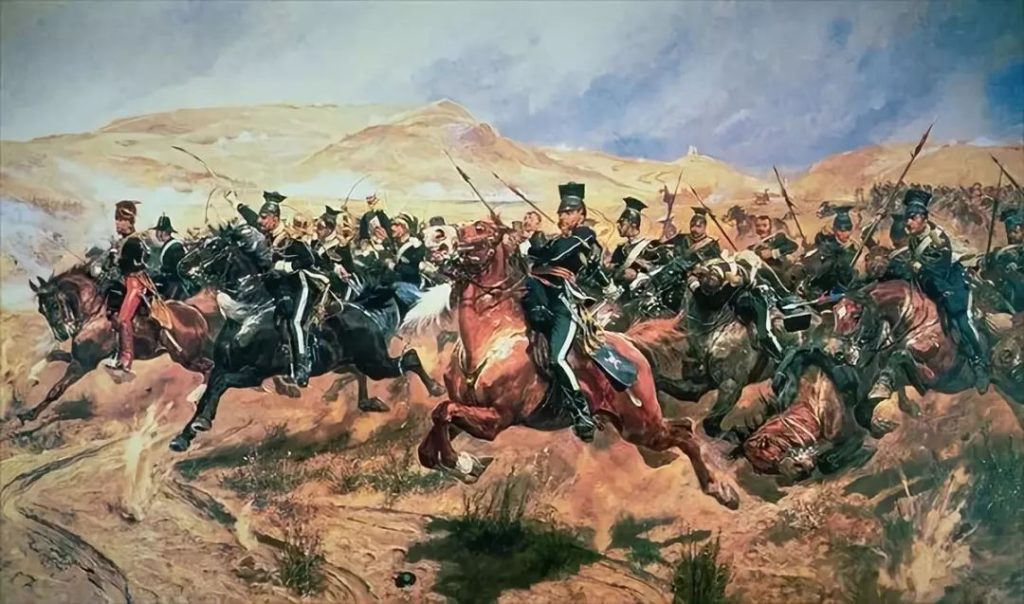I pause here to draw your attention to two Canadians of whom you have never heard. They were not particularly great, and they are not men of the 20thcentury, so they will not pop up on my list – but their appearances in history are remarkable.
If one were to ask what were the most interesting battles of the 19thcentury, the answer would certainly include Waterloo in 1815, where Wellington defeated Napoleon, or Sedan in 1870 where the Prussians smashed the French under Napoleon III. Both battles ended French empires. But for sheer excitement, you can’t beat the Charge of the Light Brigade at Balaclava during the Crimean War in 1854 or the Battle of Omdurman, where the jihadists of Sudan faced the British in 1898. Today, I’ll tell you about Balaclava.
For the first time in over 600 years, the British and French armies were allies, not enemies. Their governments decided to prop up the shaky Ottoman Empire of the Turks and protect it from Russian ambitions to drive Turkey out of Europe, retake Constantinople and have an outlet to the Mediterranean. (The world would have been a better place if they had been allowed to do so, but that’s a topic for a rant on another day.) This explains what badly-equipped and atrociously-led French and British armies were doing on the Crimean peninsula, besieging Sevastopol in 1854.
On October 25, a misunderstood communication between the commander, Lord Raglan, and his light cavalry forces resulted in disaster and glory. Raglan meant to send his troops to recapture some British artillery that had been hauled away by the Russians but his messenger, Captain Nolan screwed up, and pointed the cavalry, led by the Earl of Cardigan, toward a heavily defended valley lined with Russian artillery. The exchange went like this:
“Attack, sir!”
“Attack what? What guns, sir?”
“There, my Lord, is your enemy!” said Nolan indignantly, vaguely waving his arm eastwards. “There are your guns!
And so, Cardigan, knowing full well that this was madness, ordered his 670 horsemen up the valley to attack 20 battalions of dug-in infantry and 50 artillery pieces. This charge was suicidal but it was carried out successfully. The men and horses were shredded by Russian guns for over a mile before they reached the end of the valley where they destroyed some Russian positions and rode back out, under heavy fire again from three sides.

The cost was 118 men killed, 127 wounded, and about 60 taken prisoner, with 335 horses destroyed. The various generals all blamed each other and Captain Nolan, but Alfred Tennyson immortalized the engagement in his poem “The Charge of the Light Brigade”.
So why am I telling you all this? Because, to my astonishment, I learned that a Canadian had taken part in the charge and, better yet, had been awarded a Victoria Cross. More about him, Alexander Roberts Dunn and his mysterious grave, tomorrow.